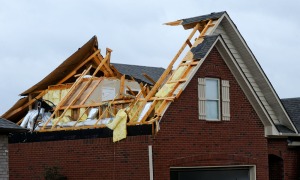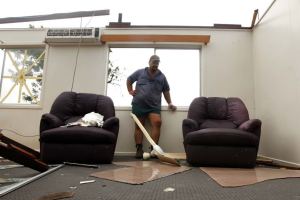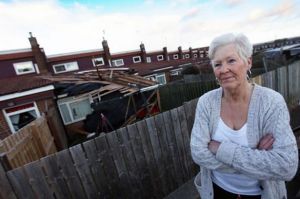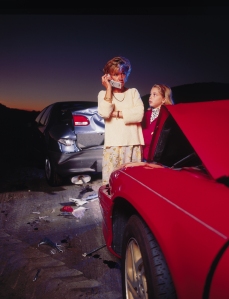Do you have Replacement Value or Actual Cash Value? This is an important question that needs to asked when determining which insurance program is right for you.
 Replacement Value Insurance means that if your covered item is destroyed you will be paid the amount of money it takes to replace that item with a brand new item. There are a few caveats in each policy and you must subtract your deductible, but this is a good definition of Replacement Value.
Replacement Value Insurance means that if your covered item is destroyed you will be paid the amount of money it takes to replace that item with a brand new item. There are a few caveats in each policy and you must subtract your deductible, but this is a good definition of Replacement Value.
Actual Cash Value Insurance (ACV) means that if your covered item is destroyed you will be paid the value of that item at the time of the occurrence. If your item is 10 years old the item will be depreciated accordingly and you will be paid the cash value of that item minus your deductible.
Here are two examples.
Your roof blows off of your house in a bad storm. You get an estimate of $15,000 to replace your roof.
If you have Replacement Value Insurance with a $1,000 deductible the insurance company would pay the roofing contractor $14,000 and you would pay $1,000, the amount of your deductible.
If you have ACV with a $1,000 deductible the insurance company would then do some calculations to determine the value of your roof at the time of the occurrence. If your roof is 8 years old, they would depreciate the value of your roof by 8 years. They may determine that the cash value of your roof to be $11,000. The insurance company would then pay the roofing contractor $10,000 ($11,000 minus your deductible of $1,000), and you would pay the roofing contractor the remaining $5,000.
Here’s another example
 In that same scenario of the roof blowing off of your home, you have nearly all of your personal property damaged by rain water, hail damage, and wind.
In that same scenario of the roof blowing off of your home, you have nearly all of your personal property damaged by rain water, hail damage, and wind.
If you have Replacement Value Insurance on your personal property the insurance company would calculate how much it would cost to replace the damaged personal property with new personal property of the same kind. If they determine that it is $100,000, you would be paid out that amount to replace your personal property. In this case the deductible was already paid through the roofing contractor.
If you have ACV on your personal property the insurance company would then do some calculations to determine the cash value of your personal property at the time of the occurrence. You may only get $200 for your 10 year old couch, even though a new couch may cost $1,200. They may determine that your personal property had a cash value of $25,000 at the time of the occurrence. You would be paid out that amount to replace your personal property. Your deductible was already paid through the roofing contractor.
the insurance company would then do some calculations to determine the cash value of your personal property at the time of the occurrence. You may only get $200 for your 10 year old couch, even though a new couch may cost $1,200. They may determine that your personal property had a cash value of $25,000 at the time of the occurrence. You would be paid out that amount to replace your personal property. Your deductible was already paid through the roofing contractor.
Summarizing these 2 example; if you had Replacement Value Insurance your insurance company would have paid out $114,000 (replacement of the roof and your personal property) and you would have had to pay out $1,000 (the amount of your deductible); and if you had ACV your insurance company would have paid out $35,000 (the ACV of the roof and your personal property minus your deductible) and you would have had to pay out $80,000 to replace your roof and personal property.
 Replacement Value Insurance cost about 10% more than ACV and there are some situation where ACV is called for. Some risks may not be eligible for Replacement Value Insurance because of the condition of the property, or the nature of the risk.
Replacement Value Insurance cost about 10% more than ACV and there are some situation where ACV is called for. Some risks may not be eligible for Replacement Value Insurance because of the condition of the property, or the nature of the risk.
There are changes taking place in the insurance industry right now that you need to be aware of. Some companies are changing the way that they pay out claims from what they may have done in the past. I am seeing deductibles increasing and policies that once had Replacement Value Insurance getting changed to ACV. Many HO3 polices have Replacement Value on the home but ACV on the personal property. Do you know what you have?  If you are unsure, contact your agent right away.
If you are unsure, contact your agent right away.
You can also contact Bragg Insurance Agency at 317-758-5828 for a free no obligation review of any of your insurance policies.






















